Amber Fort
Beyond the walls of Jaipur’s crown jewel
The magnificent Amber Fort sits atop a hill overlooking Maota Lake, about 11 kilometres from Jaipur, Rajasthan.
Built in 1592 by Raja Man Singh I, this royal palace complex serves as a brilliant example of Rajput architecture. The fort complex sprawls across 13 kilometres of rugged hillside, creating an imposing silhouette against the Aravalli range.
Its honey-coloured sandstone walls appear to change hue as the sun moves across the sky, shifting from golden to amber to a soft rose.
The architectural marvel of the four courtyards
The Amber Fort’s design showcases the pinnacle of Rajput architectural expertise. Each courtyard tells its own story through intricate details and purposeful layouts.
- The first courtyard, Jaleb Chowk, served as the main entrance where armies would hold victory parades.
- The second courtyard housed the Diwan-i-Aam, where the Maharaja would meet common citizens and hear their concerns.
- The third courtyard was exclusively for the royal family and their attendants. This private space includes the spectacular Sheesh Mahal and the royal living quarters.
- The fourth courtyard was reserved for the royal women and features delicate lattice work that allowed them to observe daily life without being seen.
Defence mechanisms and military significance
The Amber Fort’s location provided natural defence against enemies. High walls and ramparts circle the structure, while strategic placement of gates and watchtowers enhanced security. The fort’s military architecture includes narrow staircases designed to slow down invaders and secret passages for emergency escapes.
The fort’s defensive capabilities extended beyond its physical walls. A sophisticated network of underground tunnels connected various sections, allowing troops to move unseen during conflicts. The main tunnel, stretching over two kilometres, linked Amber Fort to Jaigarh Fort, facilitating swift military movements and supply transport.
Every entrance incorporated multiple defence layers. The main gate featured sharp turns, forcing approaching elephants to slow down and expose their vulnerable right sides to defender positions. Large metal spikes on the gates prevented enemy elephants from using their strength to break through. Arrow slits and holes for pouring hot oil were strategically placed along the walls.
The fort’s water system served both practical and defensive purposes. Hidden reservoirs could sustain the population during long sieges, while selective flooding mechanisms could be activated to create water barriers in specific areas. The intricate drainage system could be reversed to flood approaching paths, creating obstacles for invading forces.
The fort’s architecture incorporated numerous acoustic features for military intelligence. Specific chambers were designed to amplify sound, allowing guards to hear approaching threats from considerable distances. Strategic viewing points and hidden observation posts enabled defenders to monitor all approaches without being seen.
Daily life in the fort
The fort complex exemplifies the grandeur of Rajput culture and lifestyle. The intricate paintings, precious stones, and decorative work throughout the structure highlight the artistic achievements of the era. The blend of Rajput and Mughal architectural styles demonstrates the cultural synthesis that occurred during this period in Indian history.
The various sections within the Amber Fort reveal fascinating details about royal life. The summer palace features an innovative cooling system using water cascade channels, while the winter quarters showcase excellent heat retention designs.
Conservation efforts and UNESCO recognition
The Archaeological Survey of India maintains this heritage site with dedicated conservation efforts. These initiatives ensure that future generations can experience this remarkable piece of Indian history. The fort’s inclusion in UNESCO’s World Heritage list in 2013 highlights its global significance and helps secure international support for preservation efforts.
The Amber Fort continues to play a vital role in Rajasthan’s cultural landscape. The structure influences modern Indian architecture and serves as a centre for cultural education. Regular cultural events and festivals held at the fort help maintain its living heritage status.
Summary
The Amber Fort represents an extraordinary blend of military prowess, architectural brilliance, and cultural refinement. Its four courtyards, defensive features, and stunning artistic elements showcase the sophistication of Rajput architecture. The fort’s continued preservation ensures that this magnificent heritage site remains a symbol of Rajasthan’s royal history and architectural achievement.
All in all, this was a fantastic couple of hours spent wandering the courtyards, halls and passages of the immense building. The view from the parapets and many, many defensive positions really provided a feeling of the grand scale of the Amber Fort. Then there were those little details, like to royal loo that emptied outside into a bucket that a servant then emptied added an insight into life of the rich and powerful.
This is another place in India that has to be seen to be appreciated.

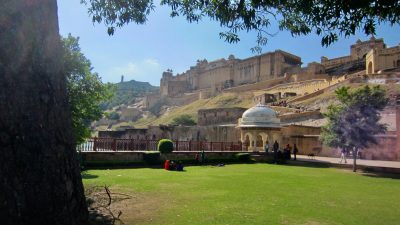
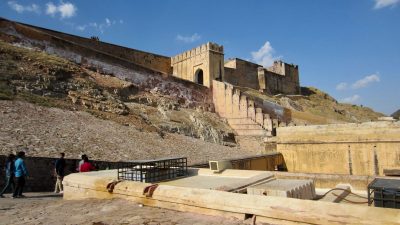

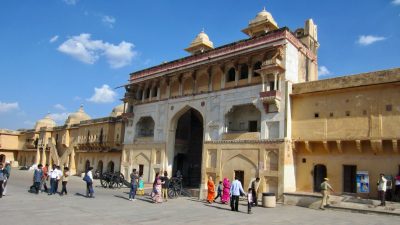
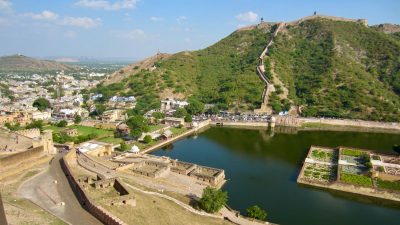
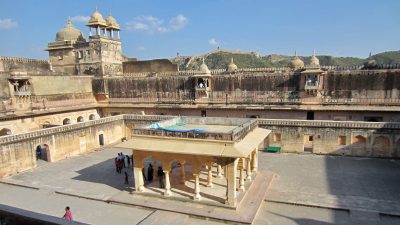

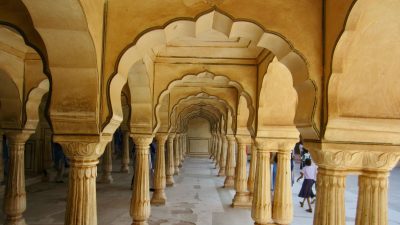
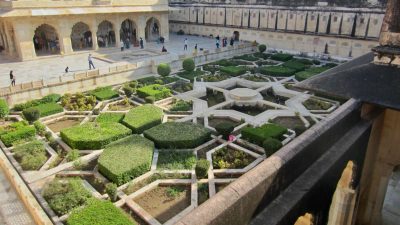
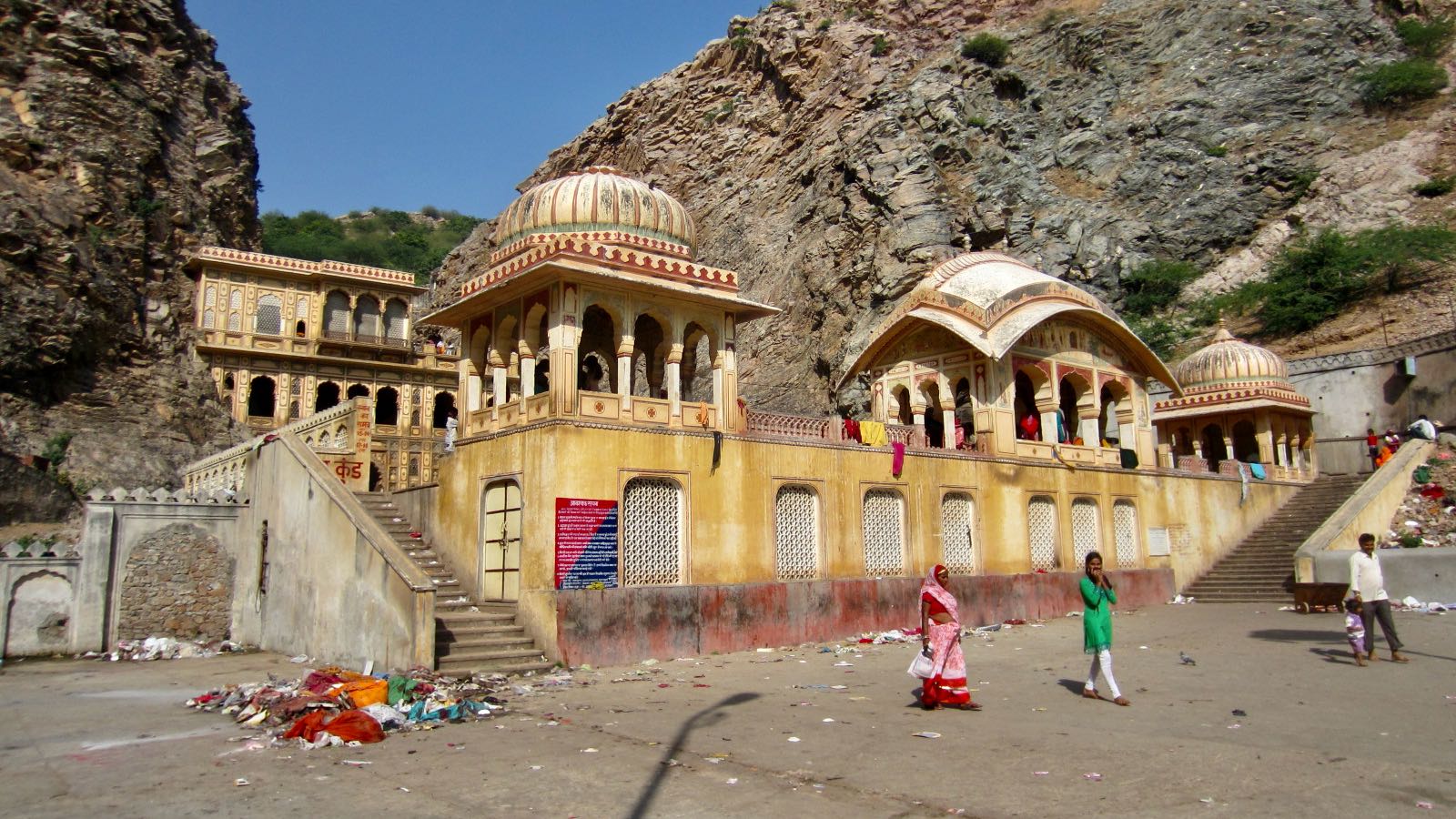

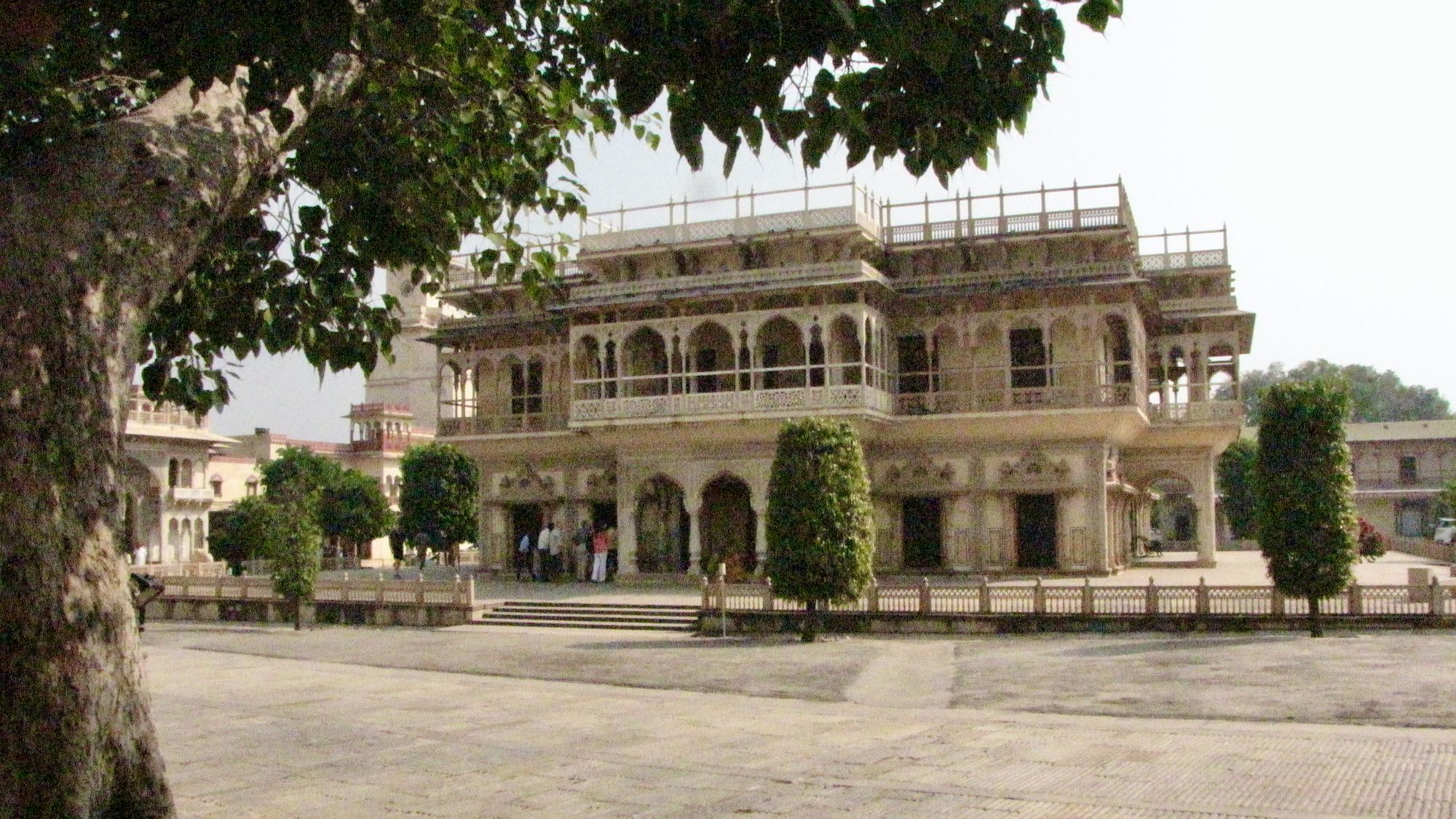
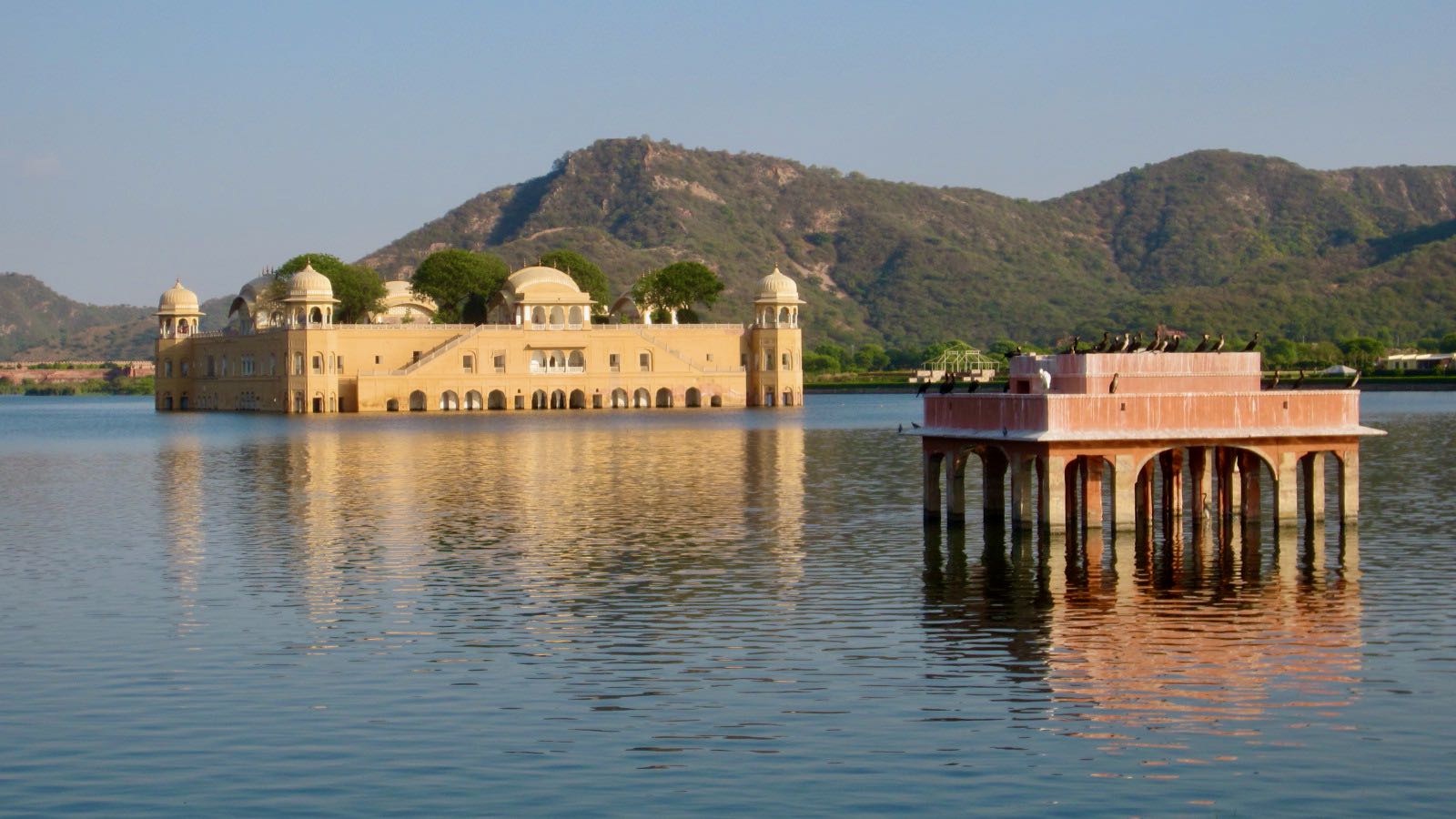

Leave A Comment